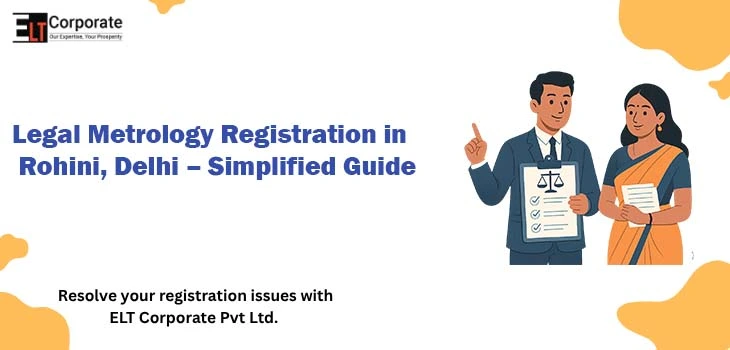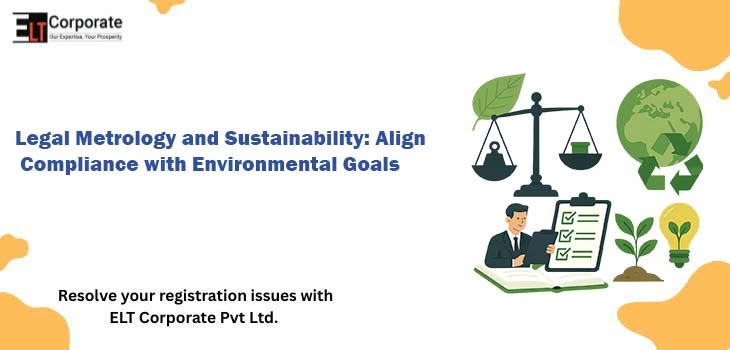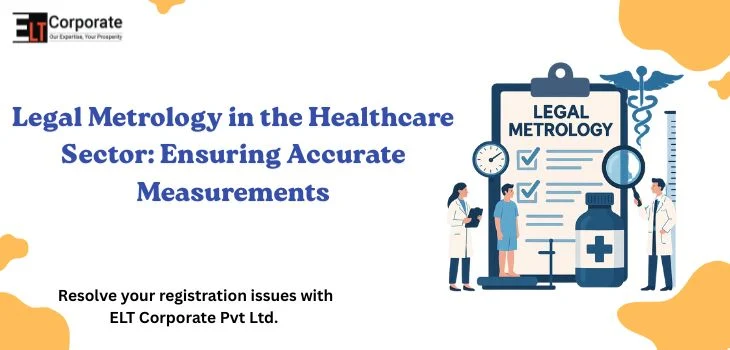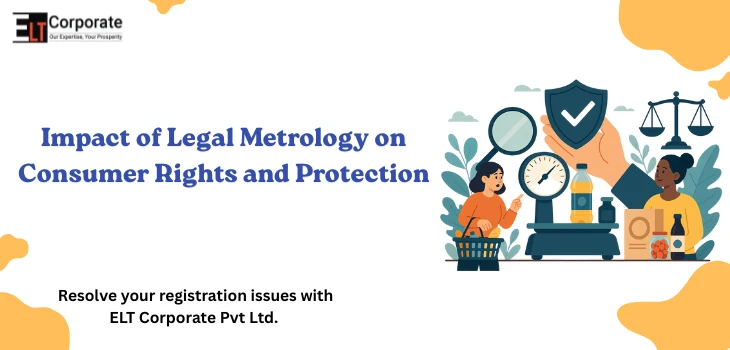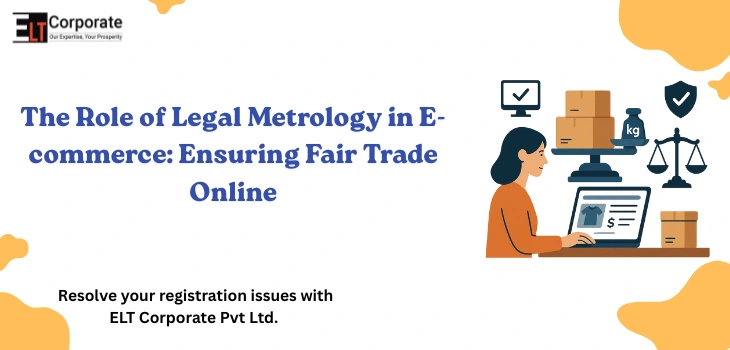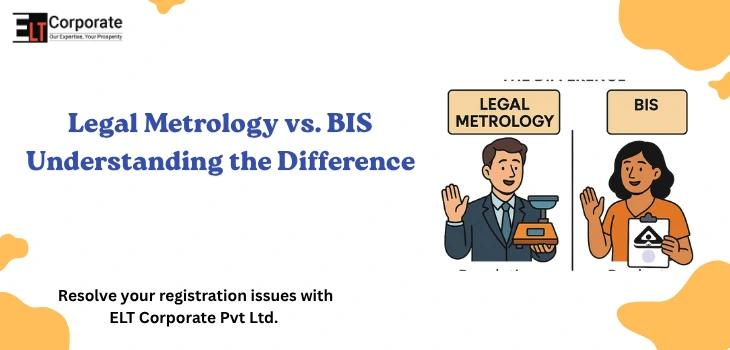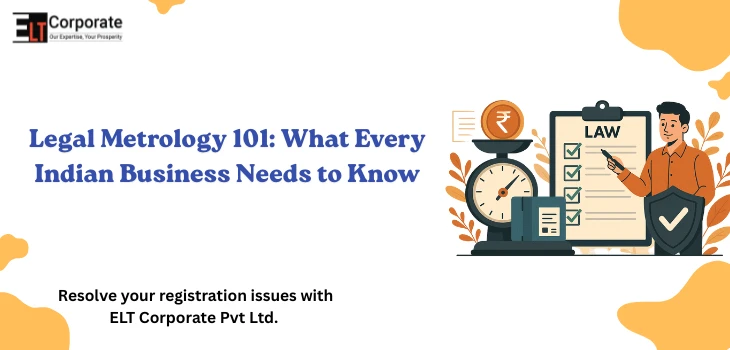Legal Metrology Services for Importers: Ensuring Global Trade Compliance at Competitive Prices
In today’s increasingly Joined global marketplace, importers face both Unmatched opportunities and complex regulatory challenges. Of these, legal metrology compliance is one of the most important requirements for businesses dealing with packaged goods, measuring instruments and weighing instruments. Failure to comply can result in shipment delays, fines, product recalls, and even import restrictions. To help import-driven businesses handle this landscape smoothly, legal metrology services have become an indispensable asset – ensuring global trade compliance while keeping operating costs under control. Understanding Legal Metrology in International Trade Legal Metrology refers to the application of legal requirements to measurements and measuring instruments. In the context of imports, this includes: Countries across the world Execute Legal Metrology laws to protect consumer interests and maintain fair trade practices. For importers, this means that every product entering a market must meet the host country’s measurement standards and labeling norms before clearance. Benefits of Choosing Professional Legal Metrology Services 1. Faster market entry: Compliance experts expedite approvals so your products can reach Racks without unnecessary delays. 2. Low cost: Experienced Guides help you avoid costly mistakes, fines and rework – keeping overall compliance costs low. 3. End-to-end support: From filing applications to coordinating with authorities, businesses get seamless support. 4. Better Documentation Accuracy: Accurate paperwork make sures a smooth customs clearance process. 5. Competitive Advantage: Compliance enhances brand credibility and consumer trust – vital for long-term success in global markets. Key Legal Metrology Services Importers Should Consider 1. Importer Registration under Legal Metrology: Importers of packaged goods must register under relevant national regulations. Service providers help in preparing documents, filing applications and getting registration done seamlessly. 2. Label Review and Compliance Check Legal metrology experts verify label elements such as: This ensures labels comply with local laws and prevents compliance issues during customs inspection. 3. Model approval for measuring instruments: For items like scales, meters and measuring instruments, model approval is mandatory before import. Service providers guide importers: 4. Packaging and quantity verification: Experts evaluate packaging standards and verify Announced quantities to ensure compliance with national packaging laws. 5. End-to-end compliance management These include: Competitive Pricing: Where Efficiency Meets Expertise Many importers assume compliance is expensive. However, modern Legal Metrology firms offer competitive and transparent pricing models, especially beneficial for small and medium importers. Some cost-saving advantages include: Through strategic Delegation, importers can maintain compliance at a fraction of the cost of managing it in-house. Industries That Require Legal Metrology Compliance Legal metrology applies to a wide range of imported goods, including: Whether you are a small importer or a large multinational company, compliance is essential. Best Practices for Importers to Make Sures Seamless Legal Metrology Compliance Conclusion Role of Legal Metrology in Consumer Protection in making sure that imported goods comply with the laws of the destination market. By partnering with trusted legal metrology experts, importers can achieve global trade compliance, reduce operational risks and maintain cost-effective import processes. In a world where accuracy, transparency, and regulatory compliance define business success, having the right legal metrology partner is not just an advantage it is a necessity.



